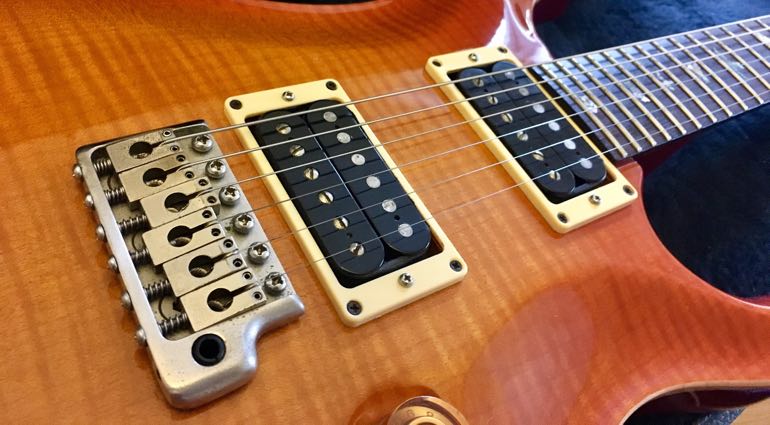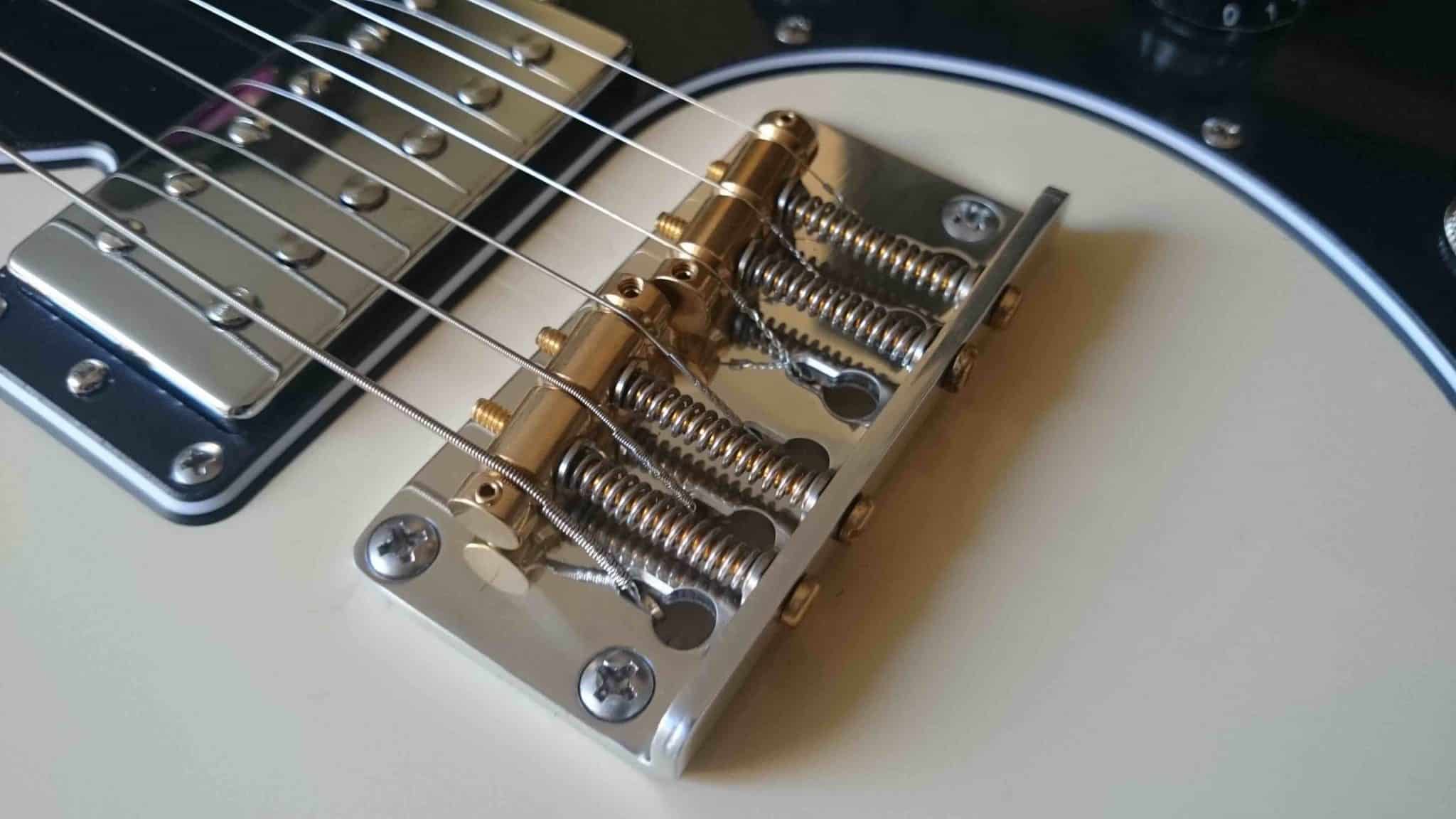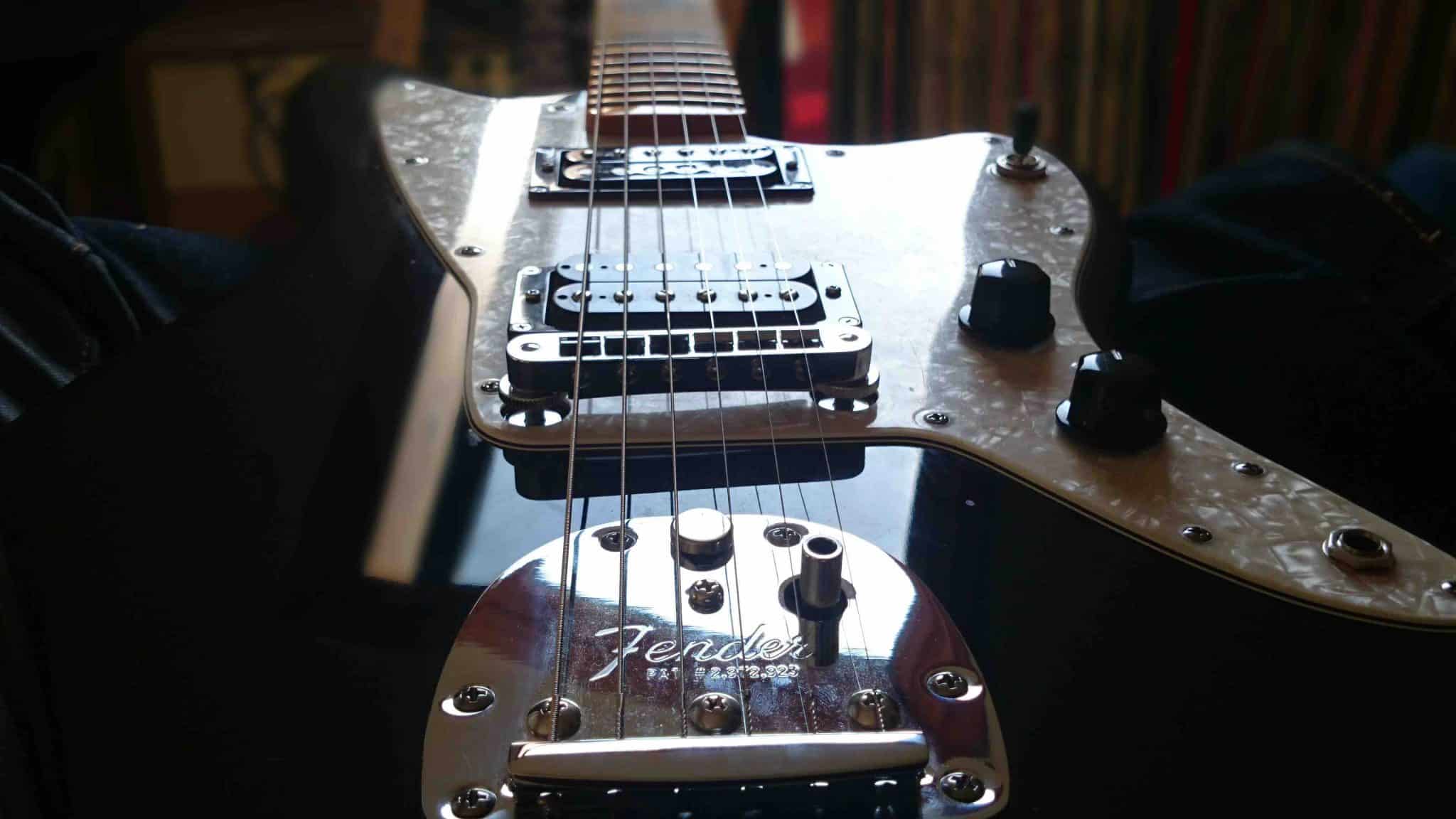Easy Guitar Setup Guide: Master Your Instrument with TRAIN. Setting up your guitar doesn’t have to be complex. With our simple TRAIN method, you can ensure your guitar performs at its best, making your playing sessions more enjoyable.
Easy Guitar Setup Guide
The TRAIN acronym stands for Tune, Relief, Action, Intonation, and Noodle. This methodical approach helps you identify and fix common guitar issues like buzzing frets and uneven action. Remember, small adjustments make a big difference!

1. Tune: Start with the Basics
Ensure your guitar is perfectly tuned before making any adjustments. This step is crucial as it impacts the tension on the neck, nut, and bridge. Always check the setup in the playing position for accurate results.

Use an accurate guitar tuner for this job and it will make it a lot easier to setup.
2. Relief: Adjusting the Neck
Relief is about the neck’s curvature. Check it by fretting at the first fret and where the neck joins the body (usually around the 14th to 17th fret). You’re aiming for a slight gap at the 8th or 9th fret, about the thickness of a bank card. Adjust the truss rod as needed, but be cautious – small turns go a long way.
Adjust the truss rod with an Allen key or wrench, usually located at the nut or the end of the neck. Turn Right to Tighten, and Left to Loosen.
Below are two useful guitar tool kits that contain the tools you need to maintain guitars.

3. Action: String Height Matters
Action refers to the string height above the fretboard. For electric guitars, aim for 1.5-1.8mm at the 12th fret. Acoustic guitars might need more room. Adjust at the bridge, and remember, small changes can have a big impact.

4. Intonation: Ensure Harmonic Accuracy
Check if your guitar maintains its tuning across the fretboard. Play an open string and compare it to the same note at the 12th fret. Adjust the saddle to correct any discrepancies, moving it backward or forward to fine-tune the pitch.
How to Check Intonation:
1. Start Tuned: Ensure your open strings are perfectly tuned using a reliable tuner.
2. Test the 12th Fret: Play a note at the 12th fret and compare it to the harmonic at the same fret. They should sound the same.
Adjusting Intonation
1. Locate the Bridge Saddles: These are at the guitar’s bridge and can be moved back and forth (and sometimes up and down).
2. Match the Pitches: If the fretted note at the 12th fret is sharper (higher) than the harmonic, move the saddle away from the guitar’s head (lengthen the string). If it’s flatter (lower), move the saddle toward the head (shorten the string).
3. Use a Screwdriver: Most adjustments are done with a small screwdriver. Though some bridges use an Allen key.
4. Check and Recheck: After adjusting, retune and check the 12th fret again.
Remember: Small changes can make a big difference. Adjust gradually and keep checking until the fretted note and harmonic match perfectly.

5. Noodle: Trust Your Feel
Finally, play your guitar. Trust your instincts. If something feels off, it probably is. There should be no excessive buzzing, and chords should sound harmonious across various octaves.
Easy TRAIN
The TRAIN method is a comprehensive yet straightforward approach to guitar setup. Remember, regular checks and minor adjustments are key to a well-set-up guitar. Happy playing!
More How To guides on Guitar Bomb
- How to set up a Gibson Les Paul and make it play like a dream
- How to set up your Jazzmaster trem
- How to set up a Squier Bass VI
- How to set up your Stratocaster floating trem
- Mastering Your Guitar Setup: A Beginner’s Guide
Video

This article contains affiliate links to Thomann that help finance the running costs of GuitarBomb. If you buy something through these links, we will receive a small commission. Don’t worry as you pay the exact same price, and it costs you no extra to use these affiliate links for your purchases.

